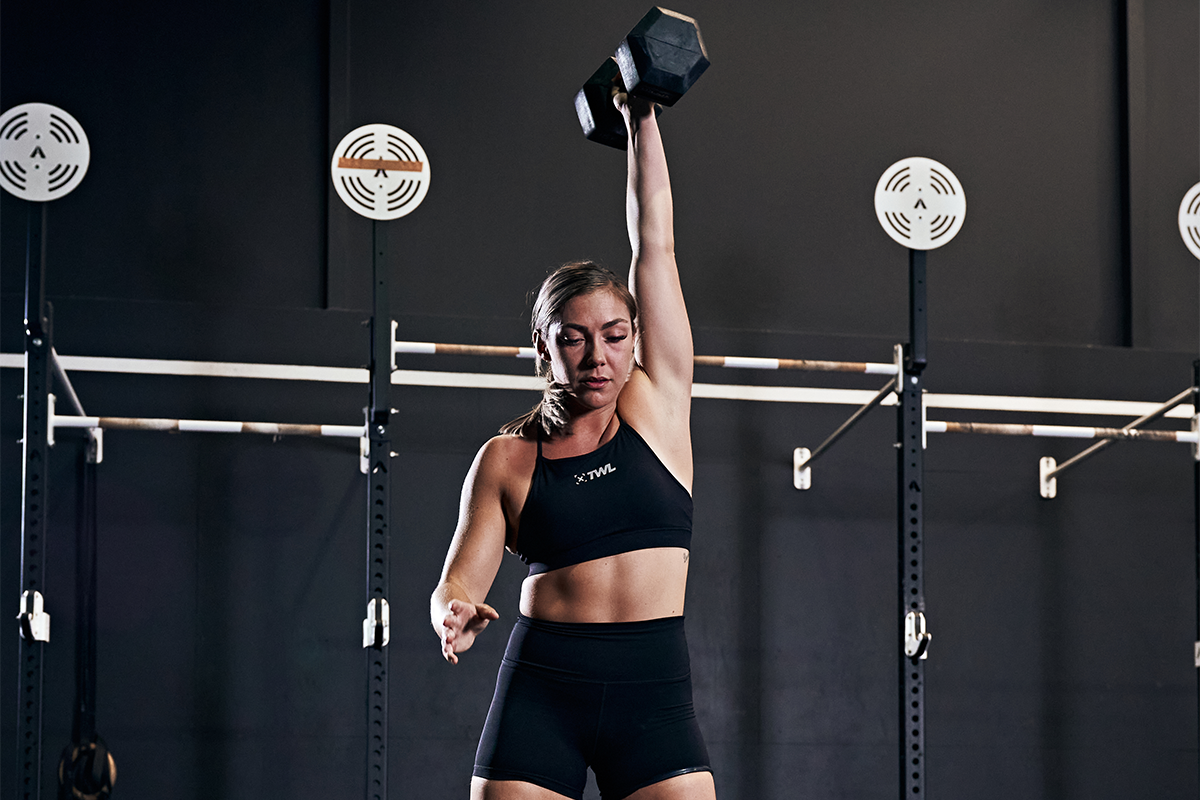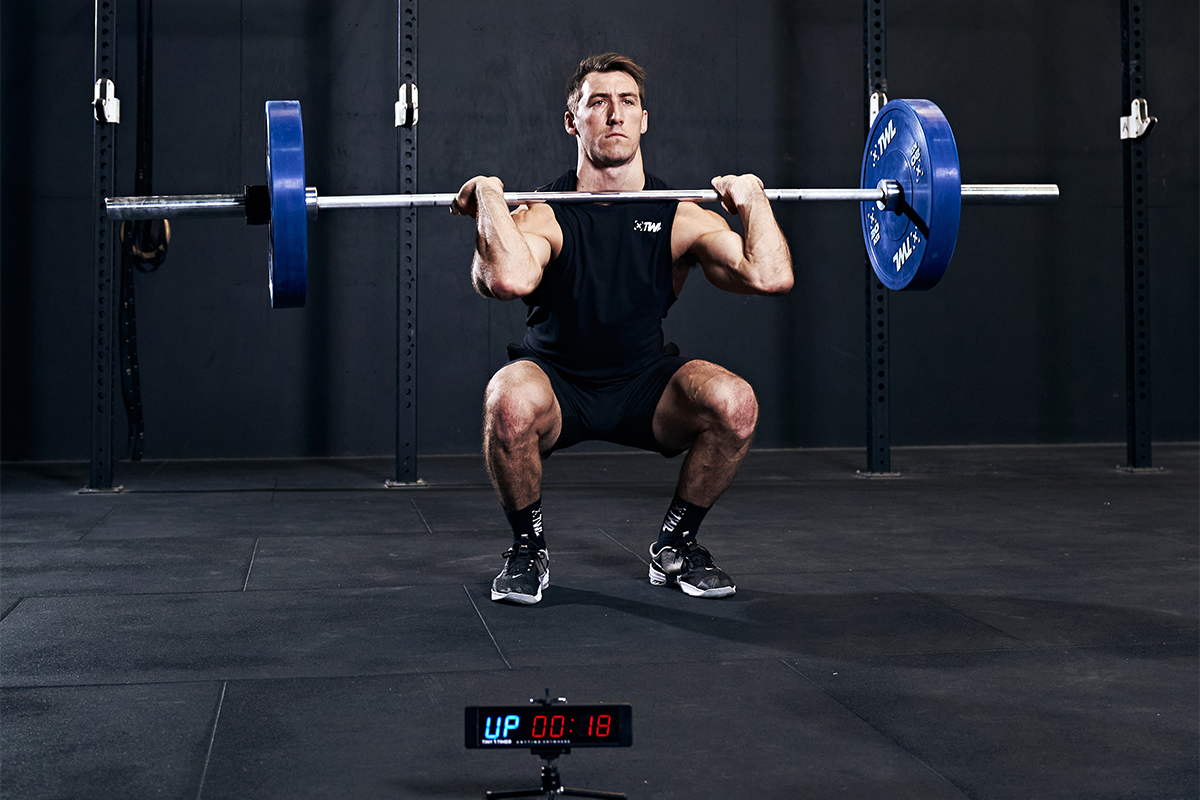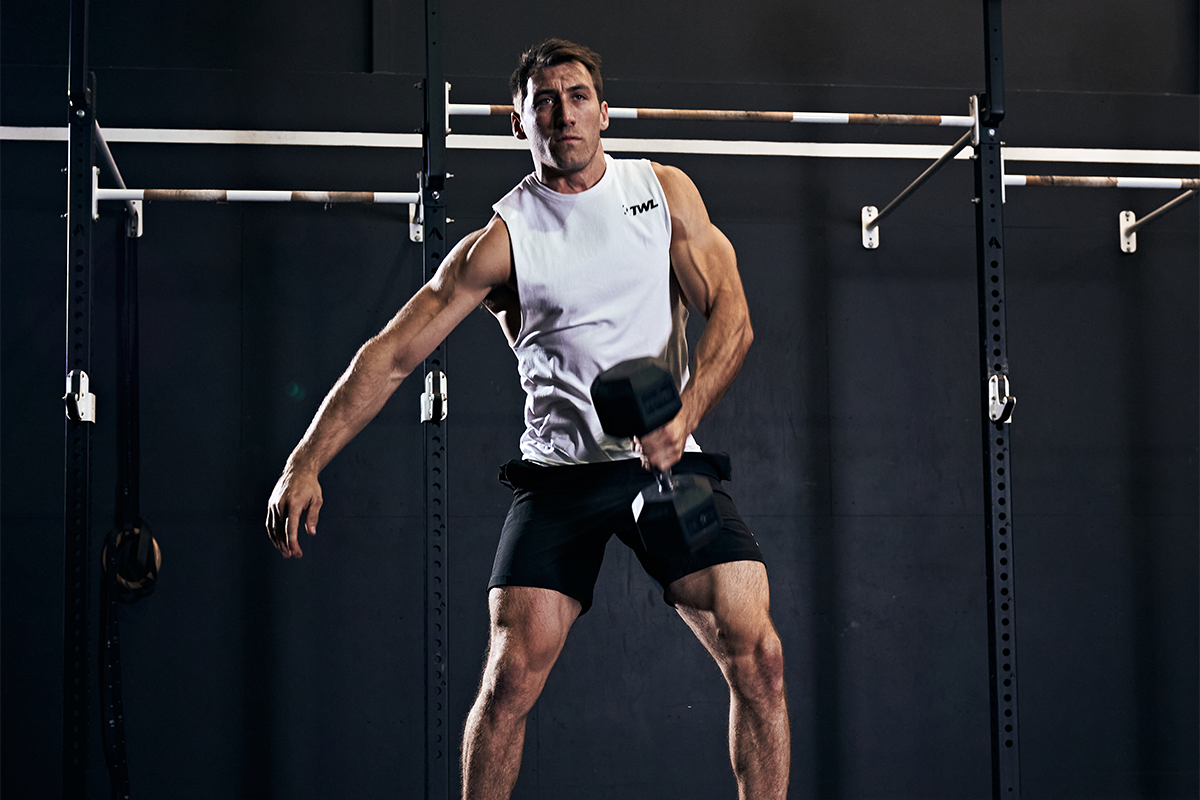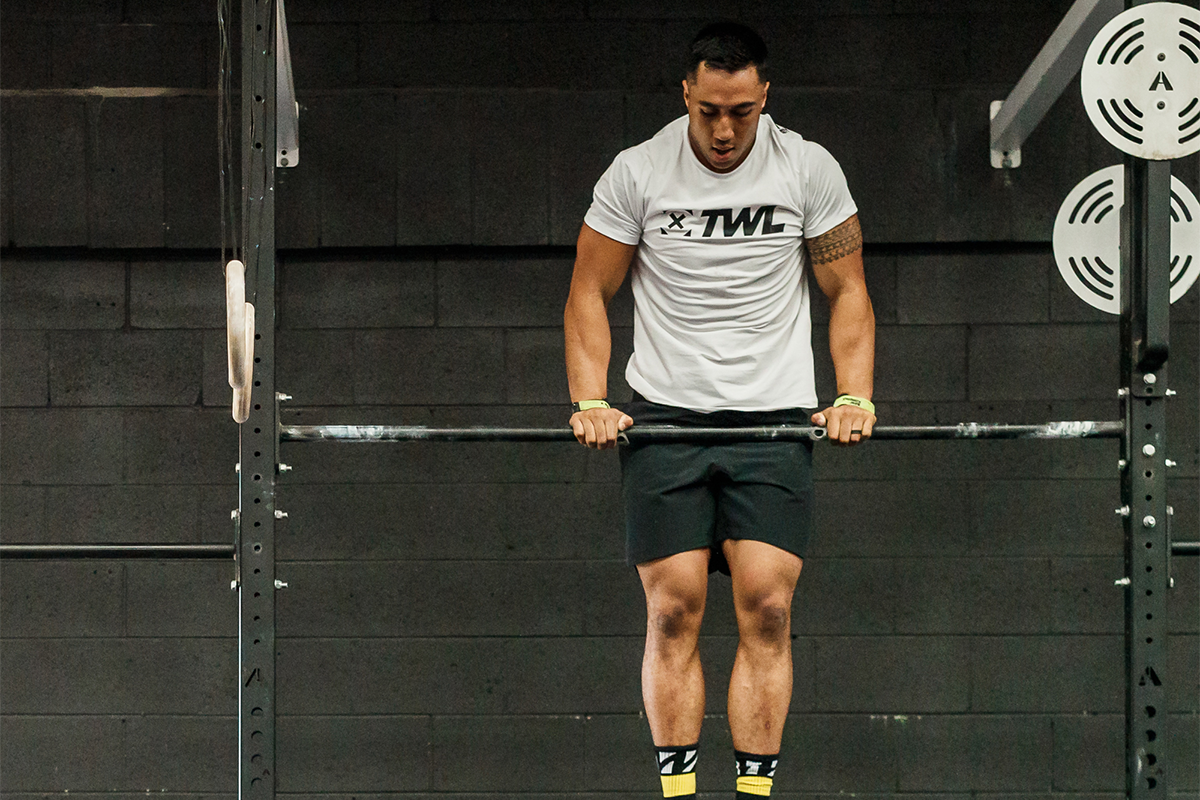This past week brought us the start of the 2022 CrossFit Open, and workout 22.1 certainly kicked things off with a bang. Every year, the Open workouts put athletes to the ultimate test and separate the Tias from… the rest of us. For the few weeks that these events will last, you might notice that your body is a little (or a lot) more beat up than normal. Does this mean that you should adjust your other everyday training — and if so, how?
How Should Your Training Look During the Open?
The Open is an anomaly. The rest of your year isn’t going to look like this, so it’s only natural that you might think it best to make some adjustments to your typical training habits. Here are a few suggestions for how you could do this.
1. Lower the Intensity to Better Manage Wear and Tear
There are three simple ways to make your workouts less intense:
- Reduce the time you spend training.
- Reduce the reps you perform.
- Reduce the weights you move.
The goal with all of these is the same: Make your workouts slightly less demanding so that you still get your sweat sesh in but also allow your body more of an opportunity to recover. It’s the best of both worlds. And rest assured you are still doing work, even if it doesn’t feel quite as challenging. (That’s okay — the Open is only a short period of time, and then you can return to your normal programming.)
2. Have an Extra Active Recovery Day
Not everyone is a fan of total rest days, meaning you do literally nothing at all. Active recovery is a great alternative, and research suggests it promotes better healing compared to total rest.
“Active” rest means that you keep your body moving but do so gently. This encourages blood circulation, which sends more oxygen and nutrients to your muscles to recover. However, the goal isn’t to “train.” It’s not to build muscle or improve your WOD time or shed fat. Active recovery is all about helping your body get better faster.
Active rest might look like:
- A walk around the neighborhood.
- A low-intensity row.
- Yoga/stretching.
- Low-intensity swimming.
- Spending time on a foam roller.
- Working with resistance bands.
With active recovery, you likely won’t even break a sweat, and you certainly shouldn’t feel more sore or fatigued after. Your body will still appreciate though, and it’s needed.
Learn more about active rest days, why you need them, and how to do them.
Shop Now
3. Work Around Any Open-Related Injuries or Strains
Let’s say 22.3 ends up bringing us endless kipping pull-ups (totally possible). And you sustain some gnarly tears. At the gym the next day, your coach has programmed barbell work. You push through, right? Wrong!
Like we said, the Open workouts are probably going to challenge you more than your daily WODs. (And let’s be honest: You’re probably going to work a little bit harder.) You might experience rips, tears, calluses, or blisters. If an Open workout calls for deadlifts that increase in weight each round, your back might be destroyed the next day. Don’t work through this pain. Work around it (and if that’s not enough, take a rest day).
If that means your regular training needs to be adjusted, so be it. This is something you should be doing anyway, even outside of the Open.
If your hands are chewed up, focus on lower body training or work out with resistance bands. If your glutes and quads are destroyed, opt for upper body exercises only. Aggravating something that hurts is only going to make it worse and delay your recovery.
4. Cut Back on WODs That Have You Redlining
The most satisfying workouts often end up being the most painful. Odds are you’re doing at least one of these a week, if not more. During the Open, ease up on these — even if they’re lightweight (or bodyweight!). The fact of the matter is that your system takes a hit when you give it everything and finish the WOD facedown on the floor in a puddle of your own sweat.
Save it for the Open, and outside of those workouts, scale things back a little.
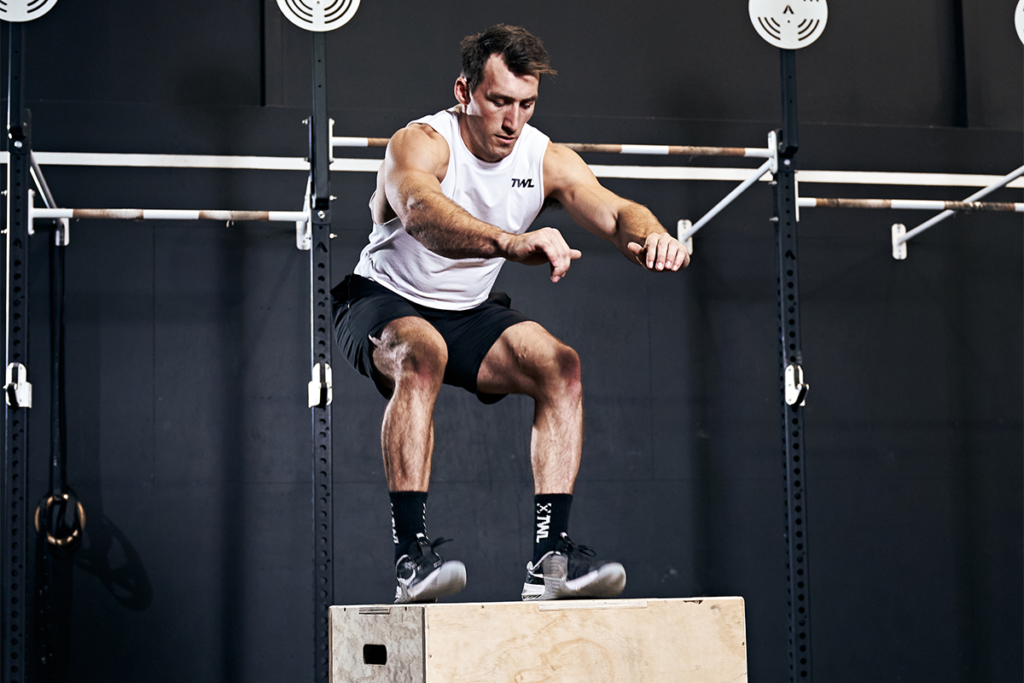
5. Adjust Your Nutrition as Needed
We know, we know — these were supposed to be training tips. But fitness is nothing without nutrition.
Your appetite might do some funky things over the next few weeks, and that’s normal. If you want a slightly bigger dinner after 22.1, it’s probably because you just executed 15 minutes of nonstop movement. If you’re not quite as hungry the other days of the week, and you also dialed down your training like we recommended, that’s probably why. Listen to these hunger cues, because your body is trying to tell you something.
Hydration is important for general health, and it’s especially important for recovery. Aim for one fluid ounce of water per pound of bodyweight. Not sure if you’re getting enough? Check the color of your urine, because this is a good indication. If it’s super yellow, you’re probably dehydrated. If it’s on the clearer side, you’re good!
It’s a special time of the year, and that means the conditions under which you train might need to change. Make way for the Open, take care of your body, and enjoy every minute. Follow the tips above and you’ll be able to crush every workout safely while also optimizing recovery. Go get ’em!

